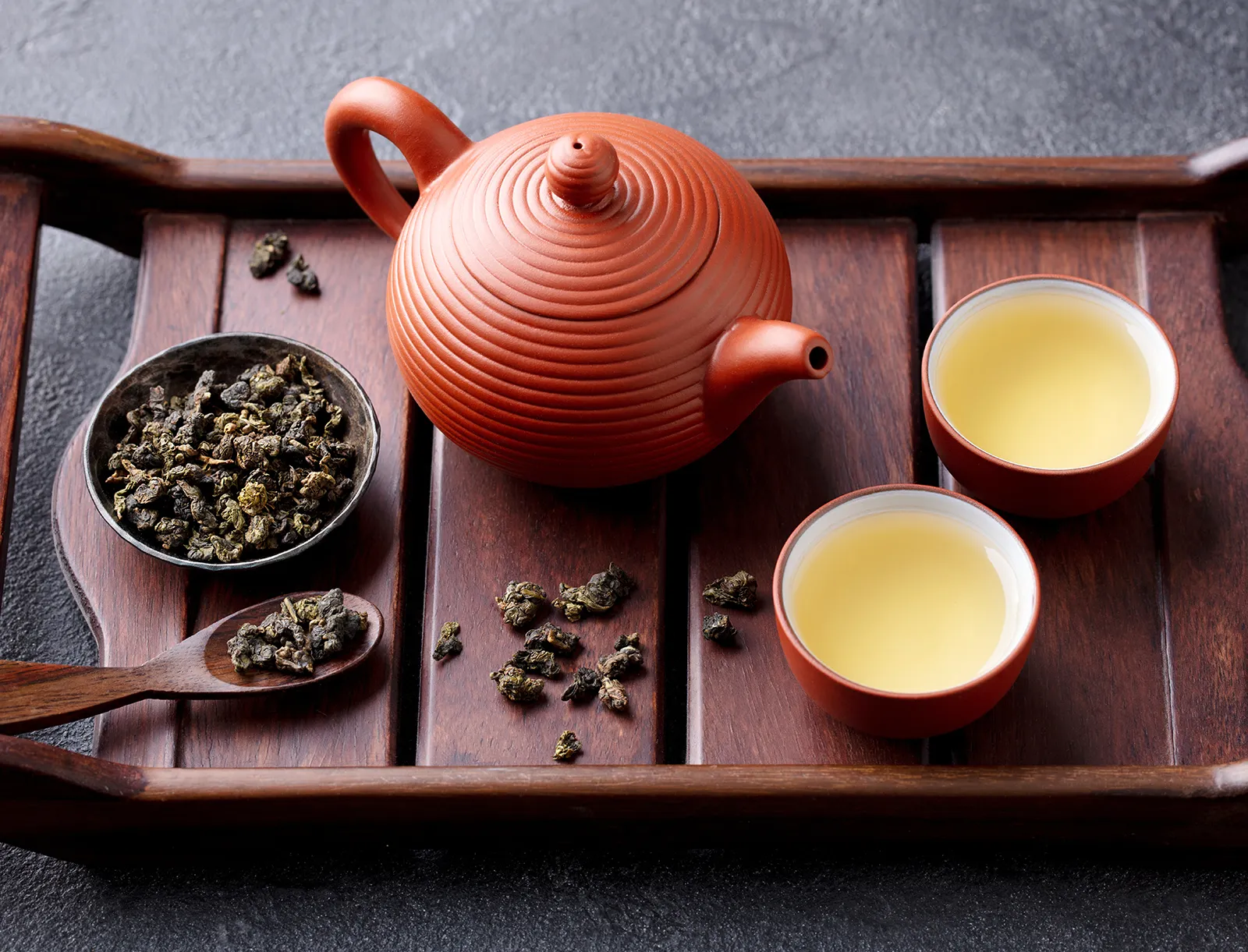The history of tea dates back thousands of years to ancient China, where tea was first consumed as a medicinal beverage. According to legend, tea was discovered in 2737 BC by the Chinese emperor Shen Nung, who was said to have been boiling water under a tea tree when some leaves from the tree blew into his pot. Upon drinking the infused water, Shen Nung was said to have experienced a feeling of renewed vitality and alertness, and thus, tea became a staple beverage in China.
Over the next few centuries, tea became increasingly popular in China, not just for its health benefits but also as a symbol of status and culture. Tea was grown, processed, and enjoyed in various forms, including green, black, and oolong teas. By the 8th century AD, tea had become so popular in China that tea houses had begun to spring up, offering tea as a social gathering place for the wealthy.
It wasn’t until the 16th century that tea was introduced to the Western world. Portuguese and Dutch traders brought tea to Europe, where it quickly became popular among the wealthy. By the 17th century, tea had become a staple beverage in England, where it was consumed by the upper classes as a symbol of wealth and sophistication. In the late 17th century, the East India Company was established, which helped to establish tea as a profitable commodity in England and beyond.
The 18th century saw the rise of tea as a mass-produced commodity, with the British colonizing India and Sri Lanka, where they established tea plantations. The British would go on to control the tea trade for the next two centuries, with tea becoming one of the most valuable commodities in the world.
The 19th century was marked by a series of innovations that helped to improve the quality of tea and make it more accessible to the masses. The discovery of tea grading, tea blending, and tea packaging helped to standardize the quality of tea and make it more appealing to consumers. The development of tea bag technology in the early 20th century made tea even
more accessible and convenient, with tea bags becoming the preferred method of brewing tea in many households.
The 20th century saw the tea industry continue to grow and evolve, with tea becoming a popular beverage in many parts of the world, including the United States, where tea consumption surpassed coffee consumption by the mid-20th century. Today, tea remains one of the most widely consumed beverages in the world, with the global tea market estimated to be worth over $40 billion USD (Source: Statista, 2022).
In terms of production, the top tea-producing countries in the world include China, India, Kenya, Sri Lanka, and Turkey, which together account for over 75% of the world’s tea production (Source: Food and Agriculture Organization of the United Nations, 2021). In terms of consumption, the top tea-drinking countries include Turkey, the United Kingdom, the United States, Russia, and Japan.
In conclusion, tea has a rich and fascinating history, dating back thousands of years to ancient China. From its humble beginnings as a medicinal beverage to its status today as a global commodity worth billions of dollars, tea has played a significant role in shaping our world and remains a staple beverage for millions of people around the globe.




